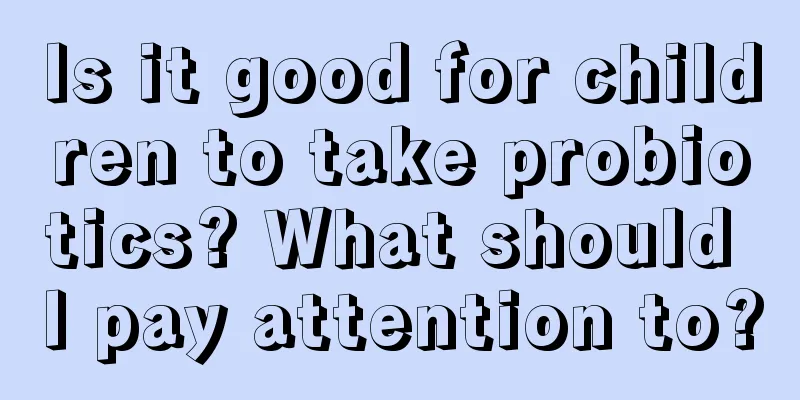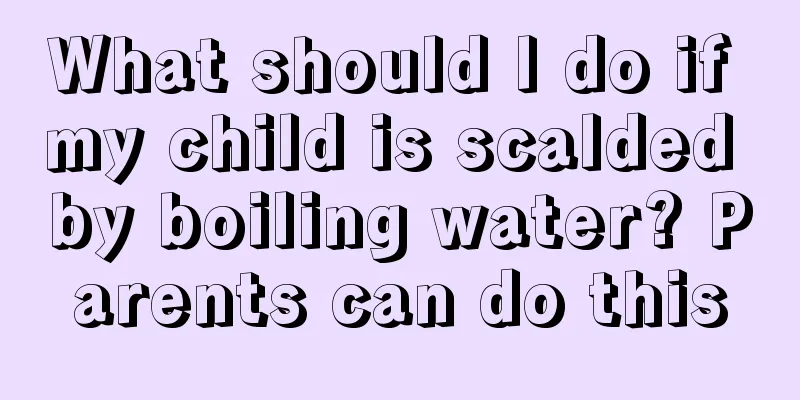Eruption time of the first deciduous tooth

|
Everyone knows that children have no teeth when they are just born, because the food they eat at this time is mainly liquid food, and they don’t need to chew. As the child grows up, the child’s teeth will slowly come out. The time when the child’s first tooth comes out is generally around one year old. The first teeth that come out are called deciduous teeth. So what is the time and order of deciduous teeth eruption? People will have two sets of teeth in their lifetime, namely deciduous teeth (20) and permanent teeth (32). When they are born, there are already ossified deciduous teeth in the jawbone, but they have not erupted. Generally, deciduous teeth begin to erupt 4 to 6 months after birth, and some children may reach 10 months. This is normal. If no teeth have erupted at 12 months, it is considered abnormal. At the latest, all 20 deciduous teeth will erupt when the baby is two and a half years old. Due to the individual differences of each child, including the nutritional status of the infant and the nutritional status of the mother, the eruption time of the baby's deciduous teeth will be affected. Therefore, some are early and some are late. Generally, the difference is about half a year. That is, the latest time for the eruption of the first tooth in a child should not be later than 1 year old. If it is later than 1 year old, it is abnormal and should be checked in the hospital. Generally, the number of deciduous teeth within two years of age is calculated by subtracting 4 or 6 from the age in months. For example, a 10-month-old baby has 10-(4-6)=6-4, so the number of teeth that should come out is 6-4. However, there are great individual differences in the timing of the eruption of deciduous teeth. Teething is a normal physiological phenomenon for babies. At this time, some babies may have low fever, irritability, increased drooling, etc. These are all normal. Parents should be careful not to confuse it with fever and irritability caused by other diseases. There is basically a certain pattern for the eruption of baby's teeth. Generally, the lower jaw is earlier than the upper jaw, and it is from front to back. The first teeth to erupt are usually the lower incisors, which are called the lower central incisors, followed by the upper central incisors. Later, tender small teeth will grow on the left and right next to the middle incisors. The eruption of the 20 baby teeth is in a certain order. Although it is not necessarily fixed, it can be used as a reference. In principle, it is symmetrical on the left and right. The eruption time of the first molars in the upper and lower jaws and the canines in the upper and lower jaws is roughly the same. The eruption of deciduous teeth has a certain time and follows a certain order. The first to erupt are the lower central incisors, and there is a pair of them, followed by the upper central incisors, lateral incisors, molars, etc. True oral health care begins soon after a baby is born. method Before the baby's teeth grow or when the deciduous teeth just erupt, parents should roll up a sterilized gauze soaked in warm water on their fingers after feeding or before going to bed, and gently wipe the mucous membranes and gums of various parts of the child's mouth to remove the milk clots remaining in the mouth. benefit It can promote the growth and development of children's oral mucosa and jaw bones and enhance their disease resistance. Tips If you find daily cleaning troublesome or worry about damaging the oral mucosa due to improper operation, feeding your baby a little boiled water before bedtime or after meals will also have a twice the result with half the effort. |
<<: Delayed eruption of primary teeth
>>: Eruption order and timing of permanent teeth
Recommend
Reasons why babies wake up suddenly and cry during sleep
Many parents find that their babies suddenly wake...
How to change milk powder for a 2-year-old baby
Nowadays, many mothers feed their babies with mil...
What is café au lait spot in children
We all know that children can be said to be the h...
How to train your baby to crawl
From babbling to sitting and crawling, babies nee...
Are there any side effects of fluoride application to prevent dental caries in children?
Fluoride-containing substances are very effective...
What should I do if my one-month-old baby doesn't poop for a day?
Normally, it is normal for both adults and childr...
Do children have fever when teething?
Everyone goes through the process of tooth growth...
What to do if your baby has a recurring high fever
Hospitals are really overcrowded now, especially ...
Why doesn't the baby eat?
As parents, the most troublesome thing is when th...
What to do if the baby has diarrhea
Diarrhea in babies is a very common phenomenon. D...
What to do if your child has a red butt
Red buttocks is a common condition among babies. ...
What should I do if my baby is frightened?
Because the baby is still relatively young, his p...
What to eat when a child has stomachache
Many children are too young and ignorant, and do ...
What are the symptoms of indigestion and fever in children?
As we all know, children are the flowers of the m...
What causes children to dream so much?
Everyone dreams, and dreaming is a very normal ph...









